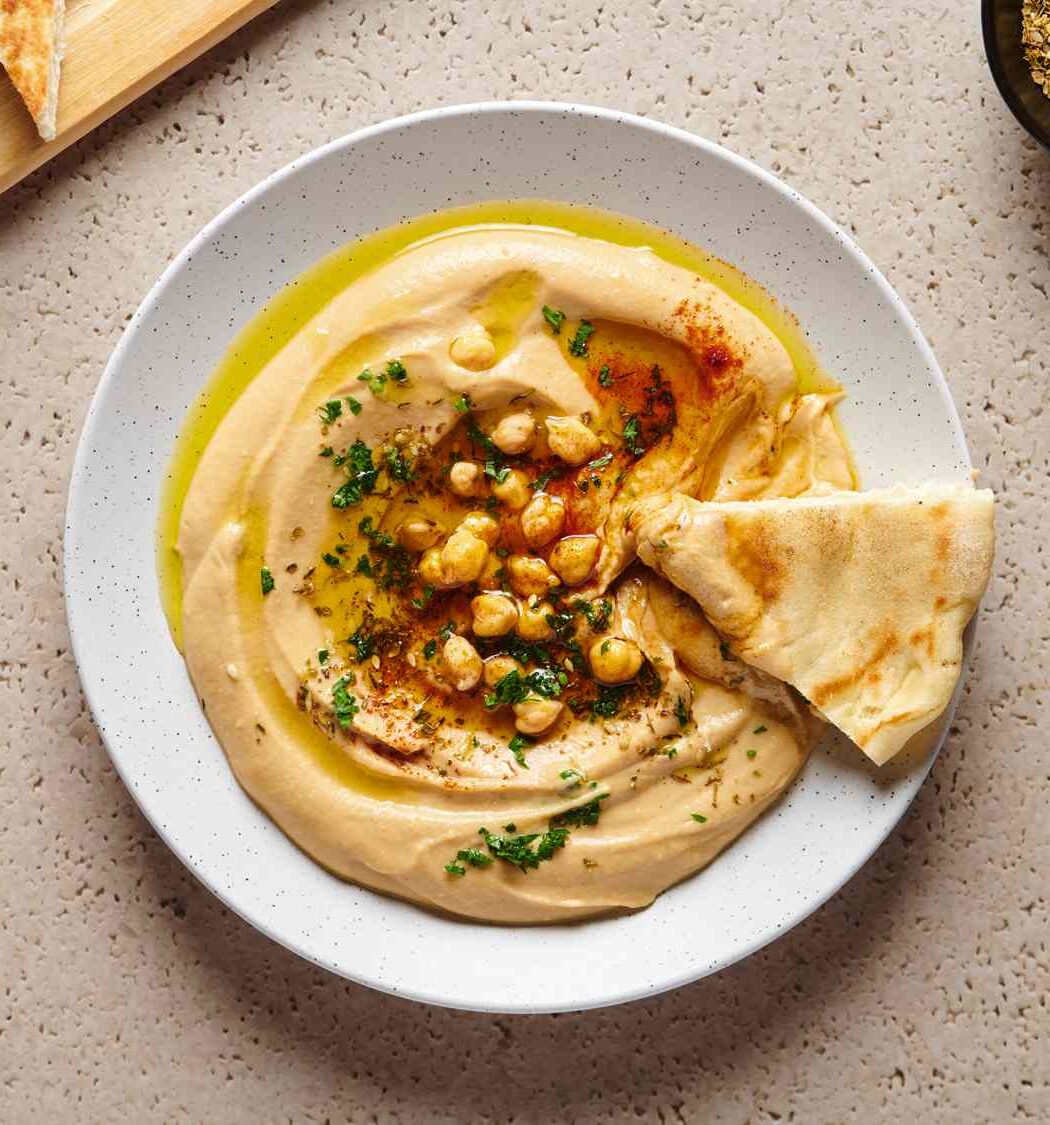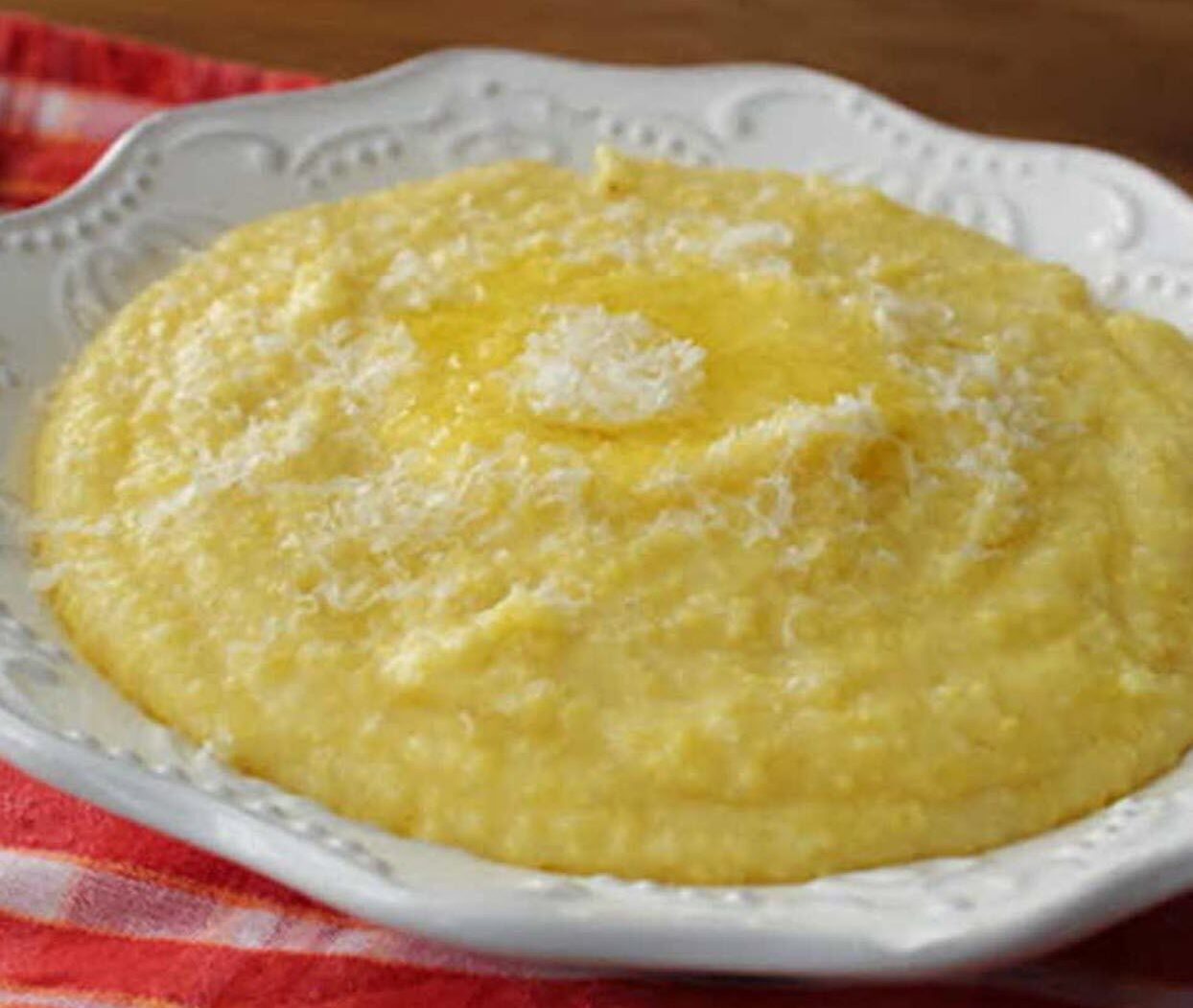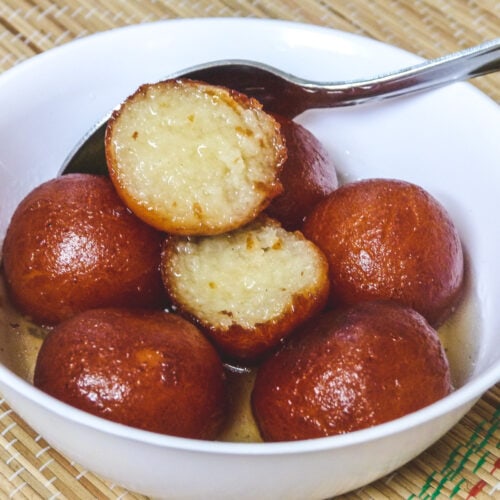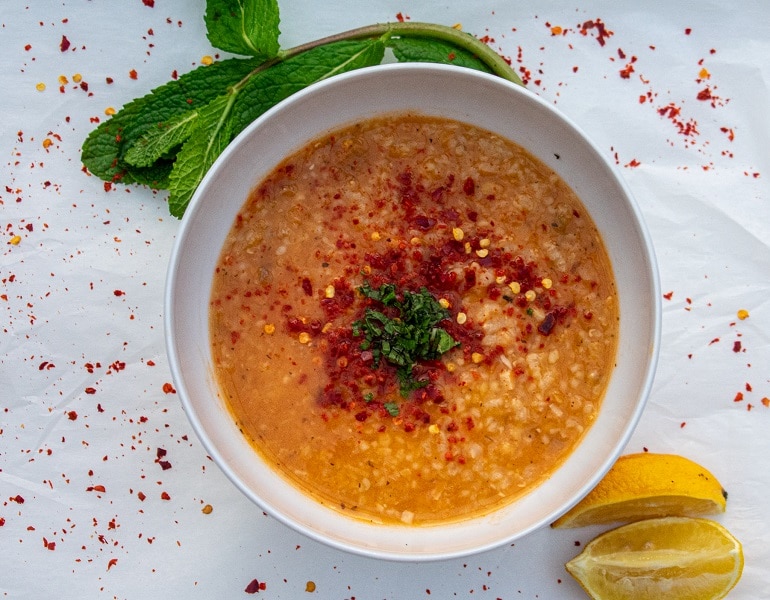Hummus is a beloved Middle Eastern dip that has gained popularity worldwide for its creamy texture, rich flavors, and versatility. This delightful dish is made from simple, wholesome ingredients such as chickpeas, tahini, lemon juice, garlic, and olive oil. In this article, we will explore the origins and cultural significance of hummus, discuss its key characteristics, and provide you with a delicious hummus recipe to try at home.
Origins and Cultural Significance of Hummus: Hummus has a long history dating back centuries in the Middle East. Its exact origins are debated, with countries like Lebanon, Palestine, and Israel claiming it as a traditional dish. Regardless of its specific origin, hummus is widely enjoyed and cherished across the region. It holds cultural significance as a staple food, often served as part of mezze (an assortment of small dishes) and shared during gatherings, celebrations, and family meals. Hummus has since gained global popularity and has become a beloved dip and spread in many countries around the world.
Key Characteristics of Hummus:
- Creamy Texture: Hummus is known for its smooth and creamy texture, achieved through the blending or mashing of cooked chickpeas. The addition of tahini (a paste made from sesame seeds) and olive oil further contribute to its luscious consistency.
- Nutty and Tangy Flavor: Hummus offers a delightful balance of flavors. The nuttiness from the tahini, combined with the tanginess of lemon juice and the subtle earthiness of garlic, creates a harmonious and satisfying taste.
- Versatility: Hummus is a versatile dish that can be enjoyed in various ways. It can be used as a dip for pita bread, vegetables, or chips, or as a spread in sandwiches, wraps, and even as a topping for salads. It pairs well with a variety of flavors and ingredients, making it a versatile addition to any meal.
Making Hummus at Home:
Ingredients:
- 1 can (15 ounces) chickpeas, drained and rinsed
- 1/4 cup tahini
- 3 tablespoons freshly squeezed lemon juice
- 2 cloves garlic, minced
- 2 tablespoons extra-virgin olive oil, plus more for drizzling
- 1/2 teaspoon ground cumin
- Salt, to taste
- Optional toppings: chopped fresh parsley, paprika, olive oil
Instructions:
- In a food processor or blender, combine the chickpeas, tahini, lemon juice, minced garlic, olive oil, cumin, and a pinch of salt.
- Process the mixture until smooth and creamy, scraping down the sides as needed. If the mixture is too thick, add a tablespoon of water at a time and blend until desired consistency is reached.
- Taste and adjust the seasoning, adding more salt or lemon juice if desired.
- Transfer the hummus to a serving bowl. Create a shallow well in the center with the back of a spoon.
- Drizzle olive oil over the top and garnish with optional toppings such as chopped fresh parsley and a sprinkle of paprika.
- Serve the hummus with pita bread, fresh vegetables, or your preferred dippers.
Conclusion: Hummus is a delicious and versatile Middle Eastern dip that has become a favorite around the world. With its smooth and creamy texture, nutty and tangy flavors, and the ability to pair well with various ingredients, hummus is a delightful addition to any meal or gathering. By following a simple recipe and using wholesome ingredients, you can create your own flavorful hummus at home. Embrace the culinary traditions of the Middle East and enjoy the delights of hummus as you explore its versatility and savor its rich flavors.





